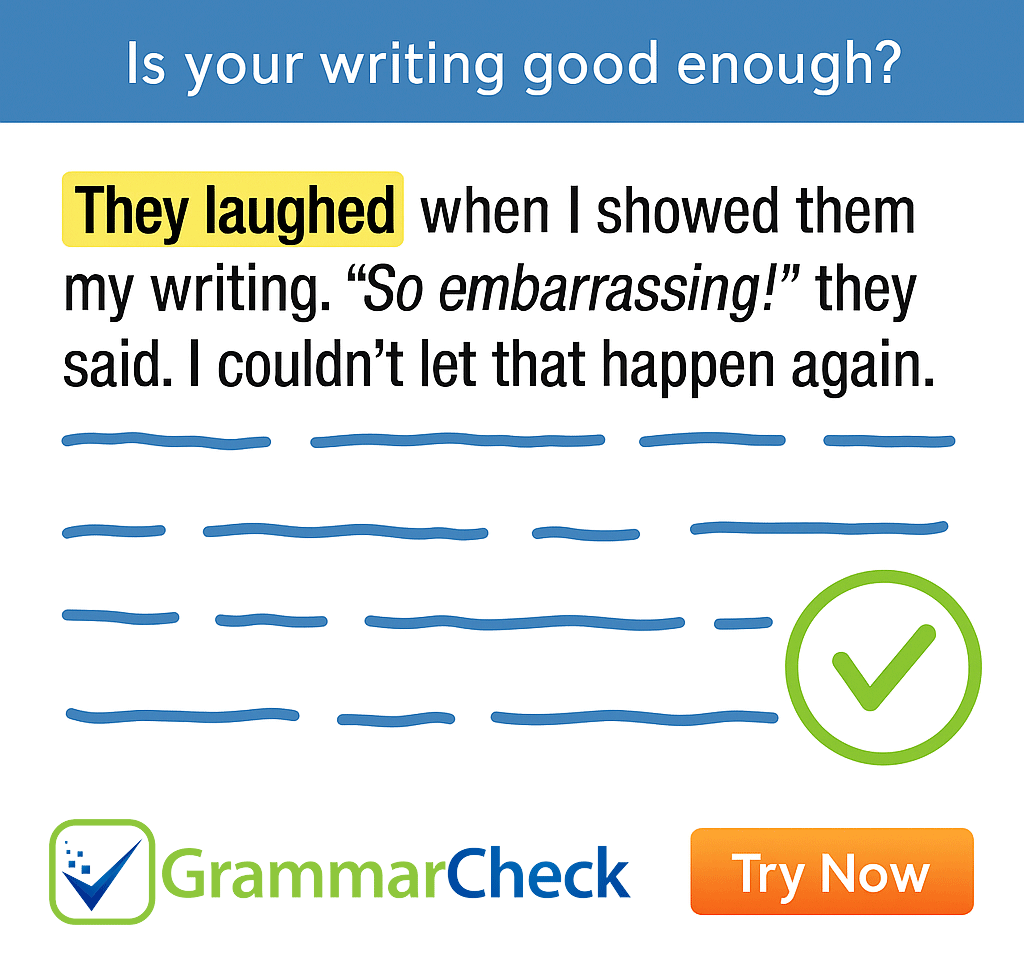Fill in the blanks with an appropriate word or phrase.
1. I lent ……………………… my pen.
When the indirect object goes before the direct object, there is no preposition.
2. The old man told ………………………… the whole story.
There is no preposition between tell and its objects.
3. Show ………………………. your hands.
When the indirect object goes before the direct object, there is no preposition.
4. I lent my pen ………………………
When the direct object goes before the indirect object, we put a preposition between them.
5. She made coffee ……………………….
When the direct object goes before the indirect object, we put a preposition between them.
6. She washed the plates ………………………
Here the correct pattern is subject + verb + noun/pronoun + adjective. In this case, the adjective denotes a state that results from the action expressed by the verb.
7. We found the trunk ………………………
Here the correct pattern is subject + verb + noun/pronoun + adjective. In this case, the adjective denotes a state that results from the action expressed by the verb.
8. You have made the walls …………………….
Here the correct pattern is subject + verb + noun/pronoun + adjective. In this case, the adjective denotes a state that results from the action expressed by the verb.
9. He has finished ………………………
The verb finish is usually followed by an ing form.
10. I suggest ……………………….. travel insurance.
Suggest cannot be followed by a to-infinitive. We use an ing form instead.
11. You must not miss ……………………… him.
After miss, we use an ing form.
12. I consider the plan …………………….
Answers
1. I lent her my pen.
2. The old man told us the whole story.
3. Show me your hands.
4. I lent my pen to my friend.
5. She made coffee for us.
6. She washed the plates clean.
7. We found the trunk empty.
8. You have made the walls dirty.
9. He has finished talking.
10. I suggest buying travel insurance.
11. You must not miss seeing him.
12. I consider the plan unwise.

